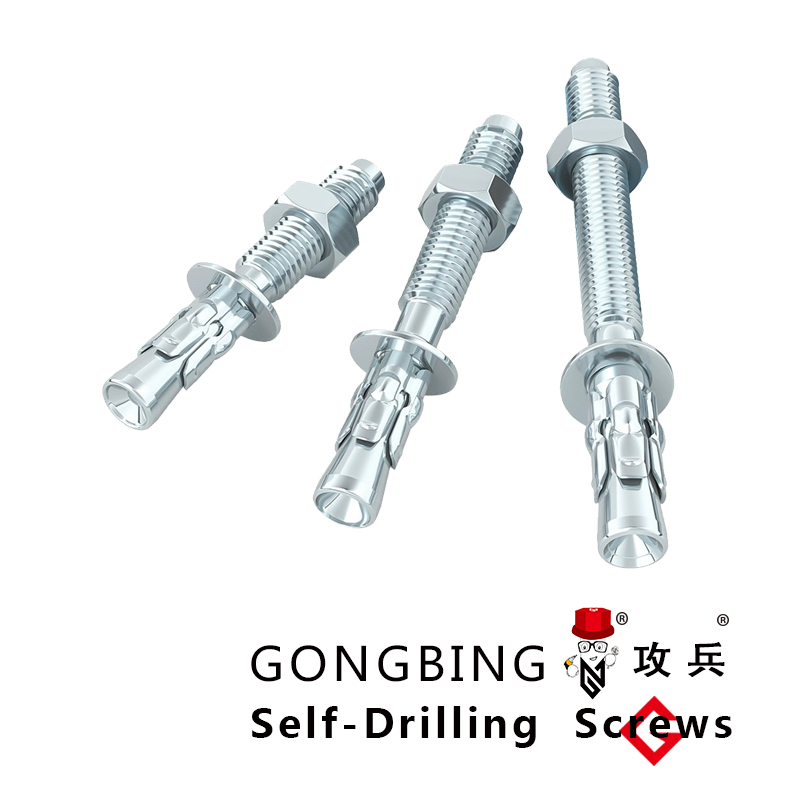Understanding Bolt Connections in Construction for Enhanced Structural Integrity and Safety Practices
The Importance of Bolts in Construction
In the realm of construction, the role of mechanical fasteners cannot be overstated, with bolts being one of the most critical elements in the assembly and integrity of structures. Bolts serve as the backbone of many construction projects, ensuring that components are securely fastened, capable of supporting loads, and resistant to various environmental conditions. This article delves into the importance of bolts in construction, their types, applications, and the factors to consider when selecting the right bolt for a project.
Types of Bolts
Bolts come in various shapes and sizes, each designed for specific applications. Some common types include
1. Hex Bolts Characterized by their hexagonal heads, hex bolts are widely used in construction for fastening structural components. They can be used alongside nuts and are favored for their strength and ease of installation.
2. Carriage Bolts With a rounded head and a square section underneath, carriage bolts are ideal for fastening wood to wood or metal to wood, as the square section prevents the bolt from turning when tightened.
3. Anchor Bolts These are used to secure structures to concrete. They are critical in applications such as anchoring a building foundation or installing heavy machinery, providing stability and strength.
4. Lag Bolts Also known as lag screws, these heavy-duty fasteners are used to join large pieces of wood together. Their large diameter and coarse threads ensure a secure hold in demanding applications.
5. U-Bolts Shaped like a U, these bolts are often used to secure pipes or other cylindrical objects in place, making them essential in plumbing and structural applications.
Applications of Bolts in Construction
Bolts are employed in virtually every type of construction project, from residential buildings to large-scale infrastructure like bridges and highways
. Their applications includebolt in construction

- Structural Framework Bolts are critical in creating the framework of buildings, providing structural integrity and enabling the construction of multi-story structures.
- Bridges and Overpasses The safety and durability of bridges rely heavily on bolts to connect the steel beams and other components, ensuring they can withstand heavy loads and environmental stresses.
- Machinery Installation Heavy machinery often requires secure fastening to prevent movement during operation. Bolts are essential in ensuring that equipment remains stable and functional.
- Furniture and Fixtures In interior design and furniture building, bolts provide strong connections that are essential for stability and longevity.
Choosing the Right Bolt
Selecting the appropriate bolt for a construction project involves considering several factors
1. Material Bolts are made from various materials, including carbon steel, stainless steel, and alloy steel. The material chosen should match the environmental conditions the structure will face, such as exposure to moisture or corrosive elements.
2. Size and Length The size and length of the bolt must be appropriate for the materials being joined. Oversized or undersized bolts can lead to structural weaknesses.
3. Load Requirements Understanding the load that the bolt will bear is crucial. This includes considering dynamic loads (like wind and seismic activity) in addition to static loads.
4. Coatings and Finishes Bolts may require coatings to protect against corrosion. For example, galvanized bolts are treated to resist rust, making them ideal for outdoor use.
In conclusion, bolts are indispensable components in construction, providing the strength and reliability necessary for building robust structures. Understanding the types of bolts available, their applications, and the factors influencing bolt selection is essential for ensuring the safety and durability of any construction project. As construction technology continues to evolve, the role of bolts will remain central to the integrity of engineered structures worldwide.
-
Weatherproof Plastic Expansion Anchors for OutdoorNūhouJun.06,2025
-
Sustainability in the Supply Chain: Eco-Friendly TEK Screws ProductionNūhouJun.06,2025
-
Load-Bearing Capacity of External Insulation FixingsNūhouJun.06,2025
-
Double Head Bolts: Enhancing Efficiency in Industrial MachineryNūhouJun.06,2025
-
Corrosion Resistance in Chipboard Screws: Coatings for Wholesale DurabilityNūhouJun.06,2025
-
Butterfly Toggle Bolts : Enhancing Structural ResilienceNūhouJun.06,2025
